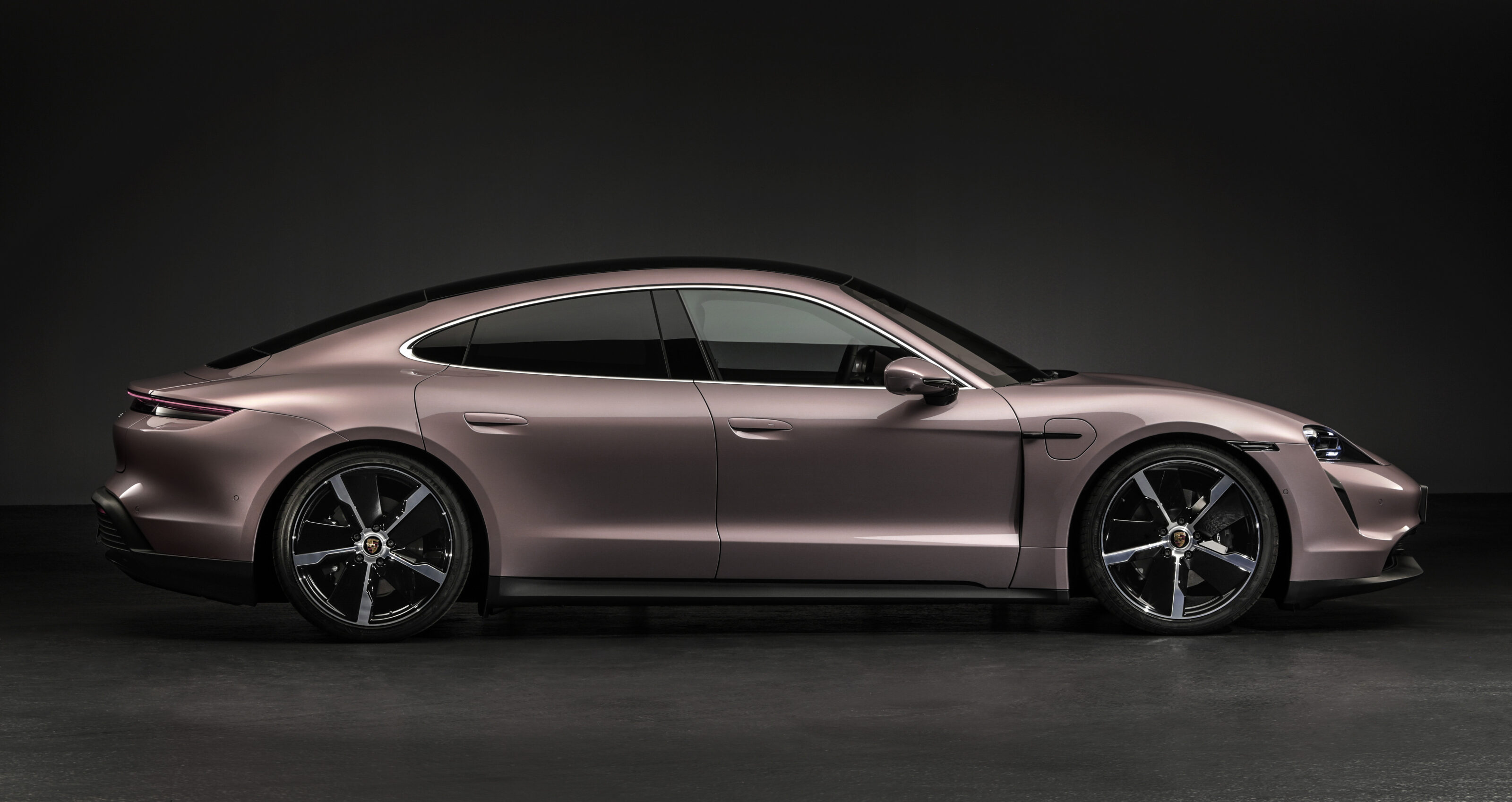Audi and Porsche are strong performers in their own right, but corporate friends for life they are not. The same applies to the Piech and Porsche families who are almost exclusively united by their unrestrained urge to amass power and money.
Under the umbrella of the Volkswagen Group, both premium brands are having a tough time to set aside individual strategic ambitions while focusing on the bigger picture and the imperatively glorious joint bottom line. Following orders mapped out in Wolfsburg, they agreed to share platforms, product plans, plants, parts, processes and people.
But as far as the long-term goals and the means to achieve them are concerned, Porsche is pulling out all the stops to set the pace for all high-end marques involved. This applies to not only proven strengths like key motorsport activities but also its contribution to the grand strategy for the group’s premium brands.
After all, it’s Porsche that will launch the first all-electric sports car (the next Boxster/Cayman due in 2023/24), the first PowerHybrid drivetrain earmarked for the 994-generation 911 (the 992 replacement expected in 2024) and the first full-size, battery-fed SUV (project K1 to bow in 2024).
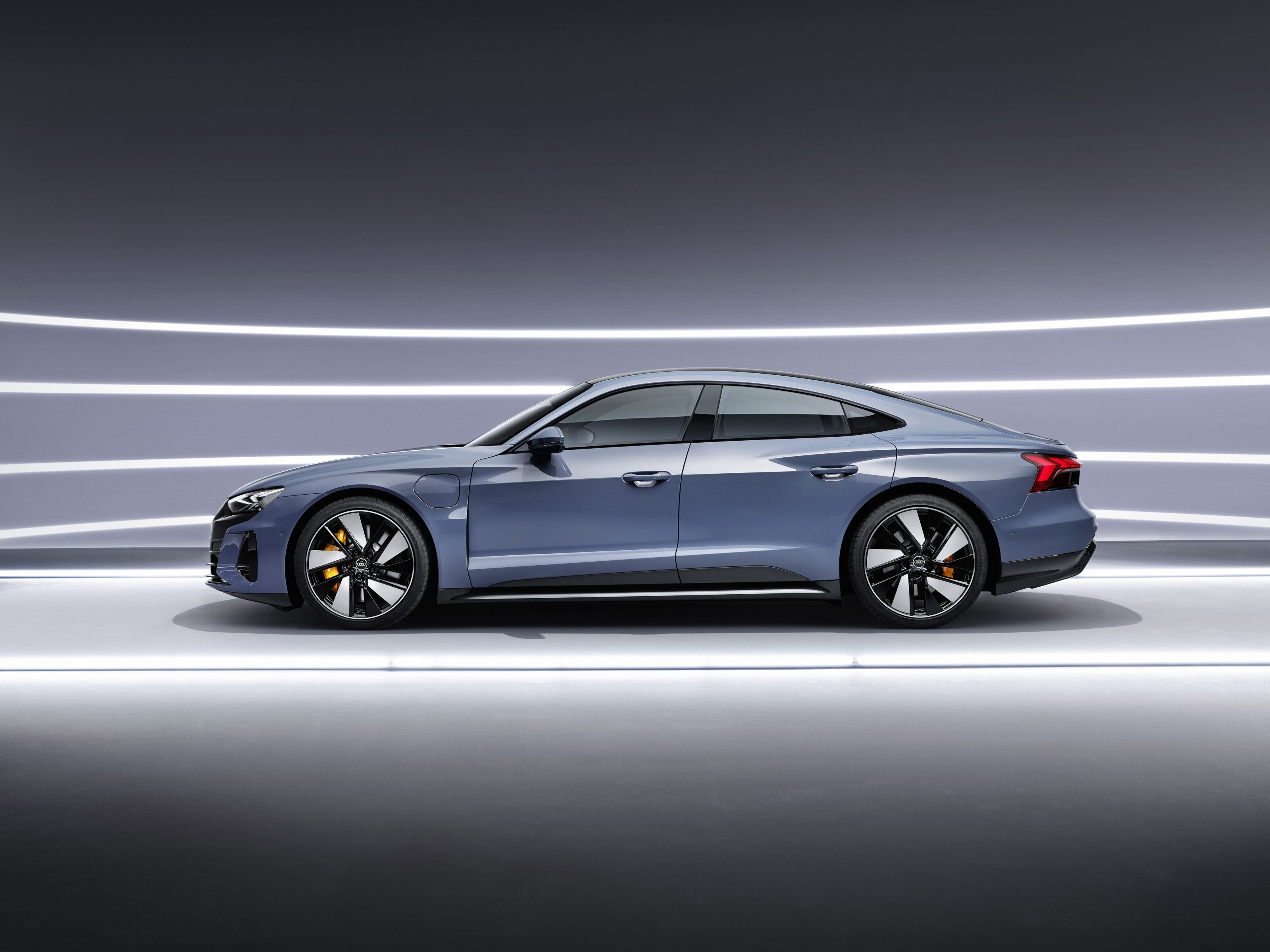
In terms of new, first-to-market EVs, Audi draws – in stark contrast to Porsche – a big fat blank.
Porsche fixed Bentley before passing the recovered English patient on to Audi. If the rumoured McLaren deal comes true, the docking station for the Brits will be Ingolstadt, not Zuffenhausen. Even though Lamborghini would probably be better off under the wings of Porsche, plans to this effect never proceeded beyond the maybe stage.
No surprise then that Porsche’s IPO – predicted for 2022 – will be a maximum-attack solo run which is bound to generate enough liquidity to keep stall-prone Volkswagen (the brand, not the Group) out of the doldrums until the end of the decade.
Two or three years later, Audi will likely also go public with Bentley, Ducati, Lamborghini and, perhaps, McLaren in tow. The cash generated by the world’s strongest sports luxury group must fund the significant structural changes required to make the group fit for the future.

Compared to the cuts proposed by this truly drastic mid-term game plan, the 30,000-plus redundancies recently put up for discussion by Herbert Diess may well be remembered as a peace offer from the good old days…
The Porsche portfolio laid out for the next five to 10 years is dotted with antagonistic pairings conceived to satisfy both worlds.
In the sports car segment, the future fully electric 718 meets the hybridised 911. In the SUV department, the new emission-free Macan is partnered by the facelifted Cayenne which soldiers on until the end of 2027. In the four-door coupe category, the plug-in Taycan teams up with the updated Panamera which is safe through 2028. Marketing believes that a one- to three-year overlap of old and new will suffice to orchestrate a smooth transition at the end of which the 994 is tipped to be the last surviving Porsche equipped with a combustion engine.
Early next decade, even this long-running iconic brand-shaper will reportedly shed its legendary flat six for a set of e-motors and a choice of solid-state battery packs.

Where exactly does Audi feature in this scenario? In essence, the R&D team under Oliver Hoffmann is preparing a similar selection of EV and ICE offerings spread over a much broader portion of the market. As far as the fully electric models are concerned, the Q6 e-tron (2023) is the counterpart of the Macan, the A8 e-tron also known as Grand Sphere (2025) shares its DNA with the Panamera G3 (2024), while the Q8 e-tron (2027) rides shotgun with the Cayenne E4 (2025).
Through to 2024, both brands use the PPE (premium platform electrified) components set in combination with the upgraded E3 1.5 software.
New arrivals out from 2025 onwards will be based on an evolutionary architecture known as SSP (scalable systems platform) coupled to the much more powerful 3 2.0 black box. While the Audi A6 e-tron is a member of the PPE community, the still iffy Q2 e-tron, the 2027 A3 e-tron and the future 2031 A4 e-tron will be underpinned by iterations of the MEB matrix masterminded in Wolfsburg.
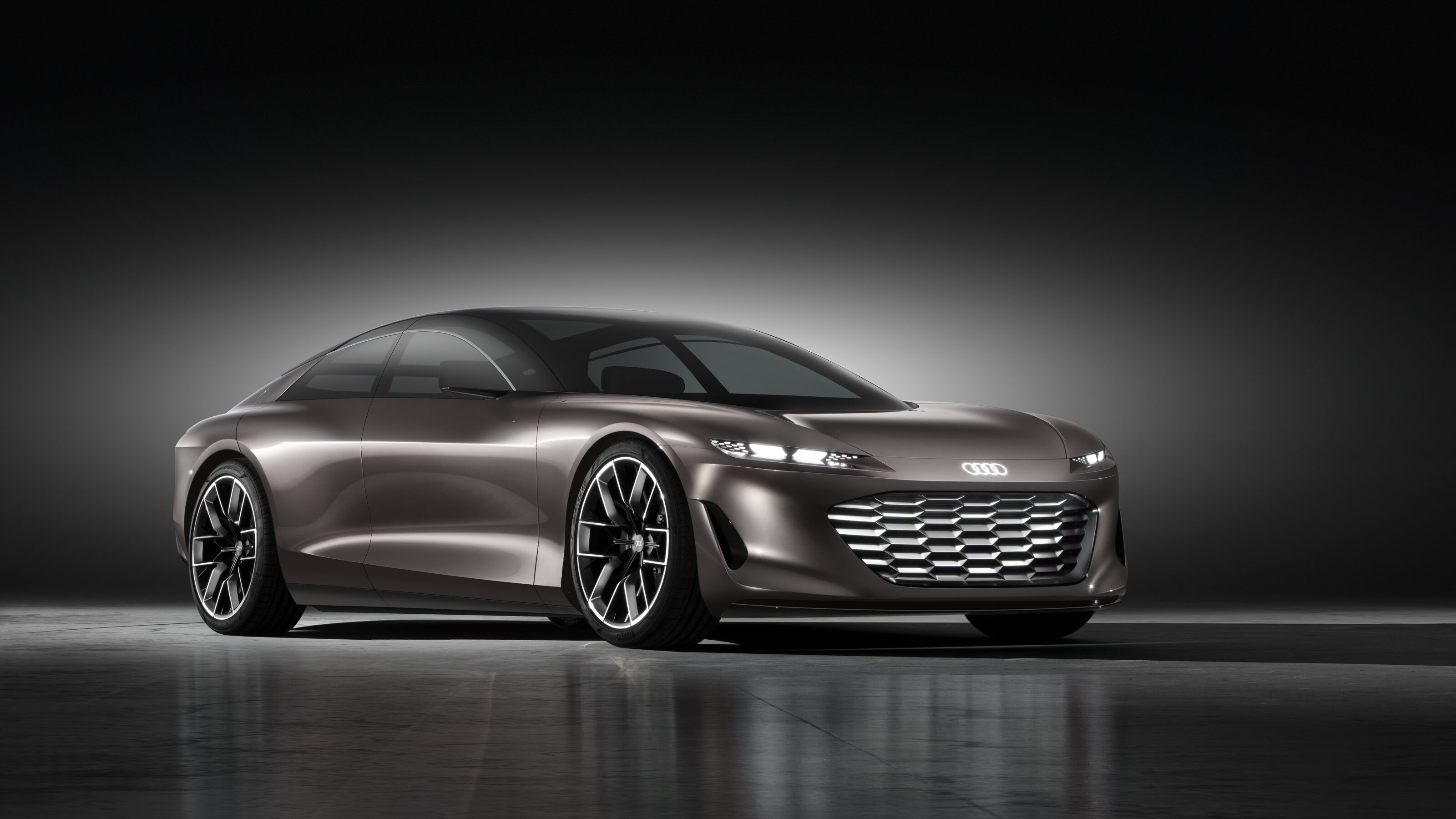
As far as future sports cars are concerned, Porsche’s tentative multi-brand modular and scalable SPE architecture never saw the light of day. Audi might have used SPE for the R8 replacement we should see in 2025, but instead Ingolstadt approached Lamborghini for help. The donor car in question is the next Huracan which will share its body and chassis structure from the front to the B-pillars with the striking second-generation R8.
Porsche’s IPO – predicted for 2022 – will be a maximum-attack solo run
In place of the brand-new hybridised V8, Audi will install a T-shaped 90kWh battery stack and two or three e-motors good for a combined 640kW-plus. Still under discussion is a TTe based on the facelifted Porsche 983 pencilled in for 2027. Insiders predict roadster and coupe versions as well as certain power and torque concessions to the future Boxster and Cayman.
Let’s now take a closer look at the assets of both brands, how Bentley and Lamborghini may benefit from the combined high-tech know-how, where the two car makers stand in terms of solid-state batteries, and to what extent USPs can be shared without violating the respective brand values.

Is there anything Porsche wants from Audi?
Not really, except for more and bigger economies of scale. And perhaps a Q4-type urban SUV which currently features in an official customer questionnaire alongside the aforementioned K1.
Audi, on the other hand, was certainly chuffed to get access to the Taycan which spawned the impressive e-tron GT, but, sadly, not the equally desirable reimagined Espada. Speaking of Lamborghini, there is little doubt that the SSP6 platform exclusively defined by and for Porsche would be better suited for the Italian sports car maker than the less sporty and potent SSP4/5 layouts overseen by Audi.
After all, SSP6 is quantifiably lighter, lower and stiffer than other derivatives. Another nice-to-have item currently off-limits for Audi is Porsche’s THEV PowerHybrid system which meets EU7 emissions, boosts torque and greatly improves the thermo-dynamic efficiency.
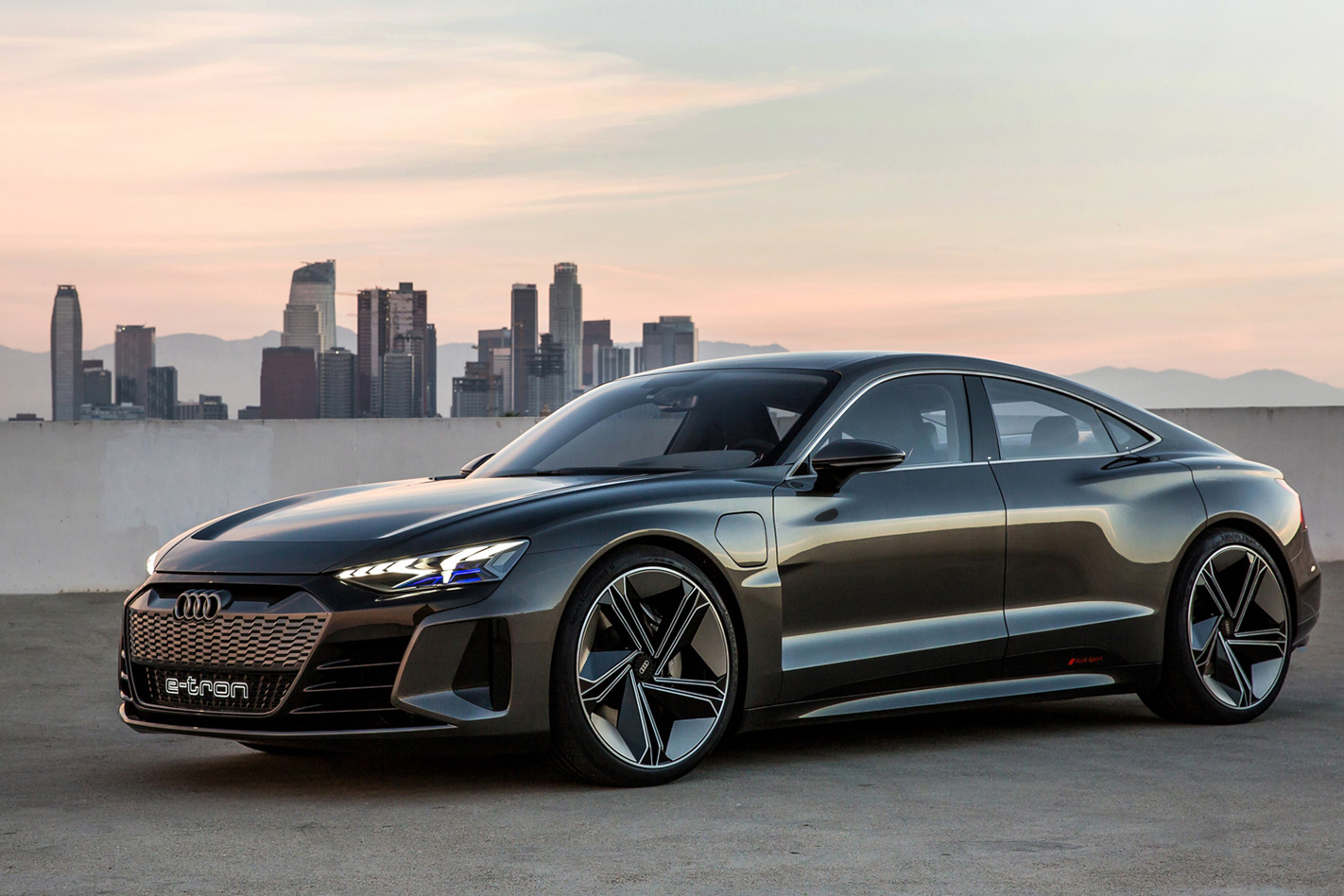
Last but not least, there is the ultra-high-speed charging algorithm developed in Weissach which allegedly cuts the totally safe and stable energy restoring process to a token five minutes.
One area where Audi and Porsche cooperate is battery technology, but the arrangement is currently restricted to joint purchasing efforts and the shared use of modular performance electronics.
While Audi is working on its own stage-five high-performance cells designated to power, among others, the next R8, Porsche has allegedly struck deals with the solid-state battery provider QuantumScope for project 998 (the all-electric 911), with the German start-up Customcells for future motorsport use including LMDh, and with Rimac for the rumoured 918-type hypercar.
Small batches of expensive high-tech showpieces, specialised drivetrain applications, high-performance batteries and motors – that’s Porsche’s home turf and a key asset from which Lamborghini and Bentley should benefit.
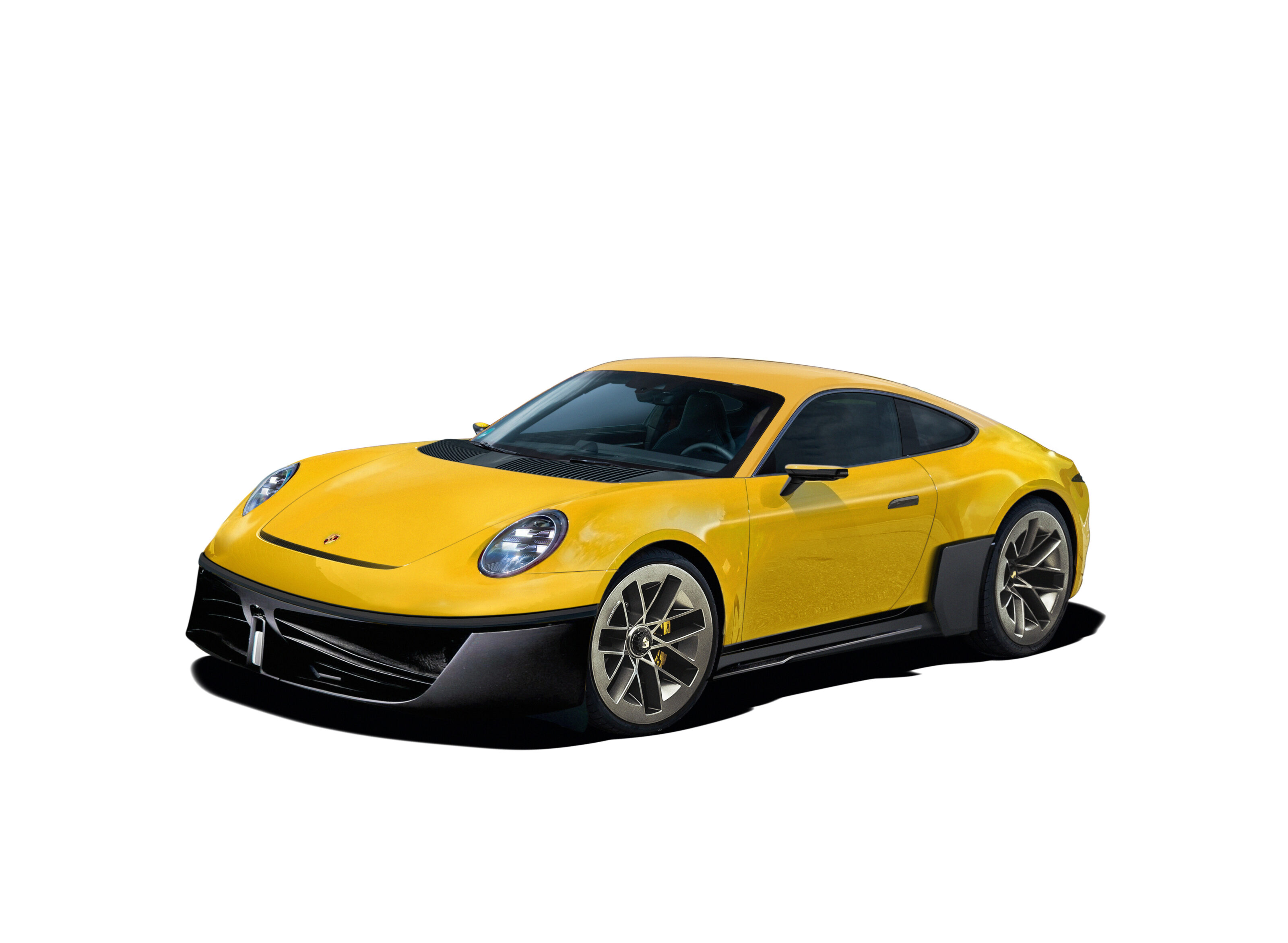
After all, the next new cars from Crewe – D-SUV (think long-wheelbase Range Rover), D-CUV (think stretched Velar) and D-LUX (think Mulsanne replacement as a five-door coupe) – already rely on PPE and SSP componentry.
The same applies to the 2+2-seater GT pitched by Lambo which would sit more comfortably on SSP6 than on SSP4, as the latter currently only stretches to about 500kW whereas the neo-Espada needs 600kW merely to eclipse the most potent Taycan.
Lamborghini’s neo-Espada will need at least 600kW merely to eclipse the most potent Porsche Taycan
Audi forecasts the SSP4/5 architecture will generate a healthy seven to eight million units over its life cycle. In contrast, the SSP6 family is expected to plateau at a comparatively modest 500,000 units, yet Porsche is in a much more comfortable position thanks to its superior overall efficiency and the significantly higher return on investment.
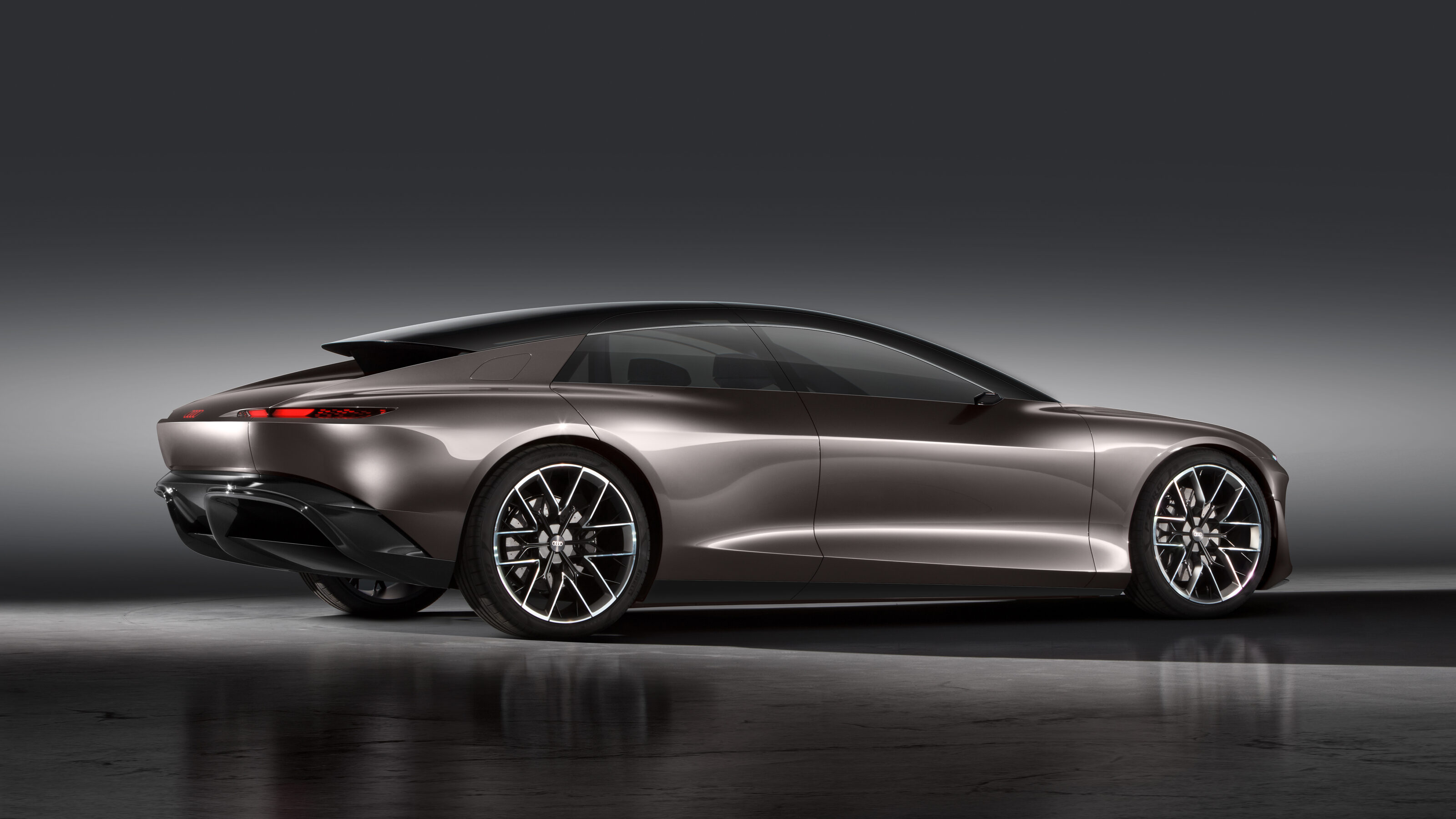
Having pulled out of Formula E and DTM, Audi signed a three-year deal with the Paris-Dakar organisers, and, from 2023, will compete in the LMDh series, and may join Formula 1 in 2026 when a set of all-new rules will come into effect.
The LMDh is a joint effort with Porsche, and the possible F1 entry would also be orchestrated ensuite to save costs and to deliver an instantly competitive answer to the establishment. If the VW Group permits Audi to forge ties with McLaren, and if Porsche does indeed liaise with Red Bull Racing, the Anglo-German newcomers could secure a large piece of the F1 revenue pie from season one.
In the field of high-end sports cars, however, the two brands are fighting with different weapons. While the Weissach power brokers are currently discussing a 2MW (yes, 2000kW) hypercar, Lamborghini is struggling to squeeze 750kW out of the hybridised V12 which is in the works for the 2023 Aventador. The Italians won’t offer a pure EV before 2025 at the very earliest, and both sports cars are to stick with electrified combustion engines way into the next decade.
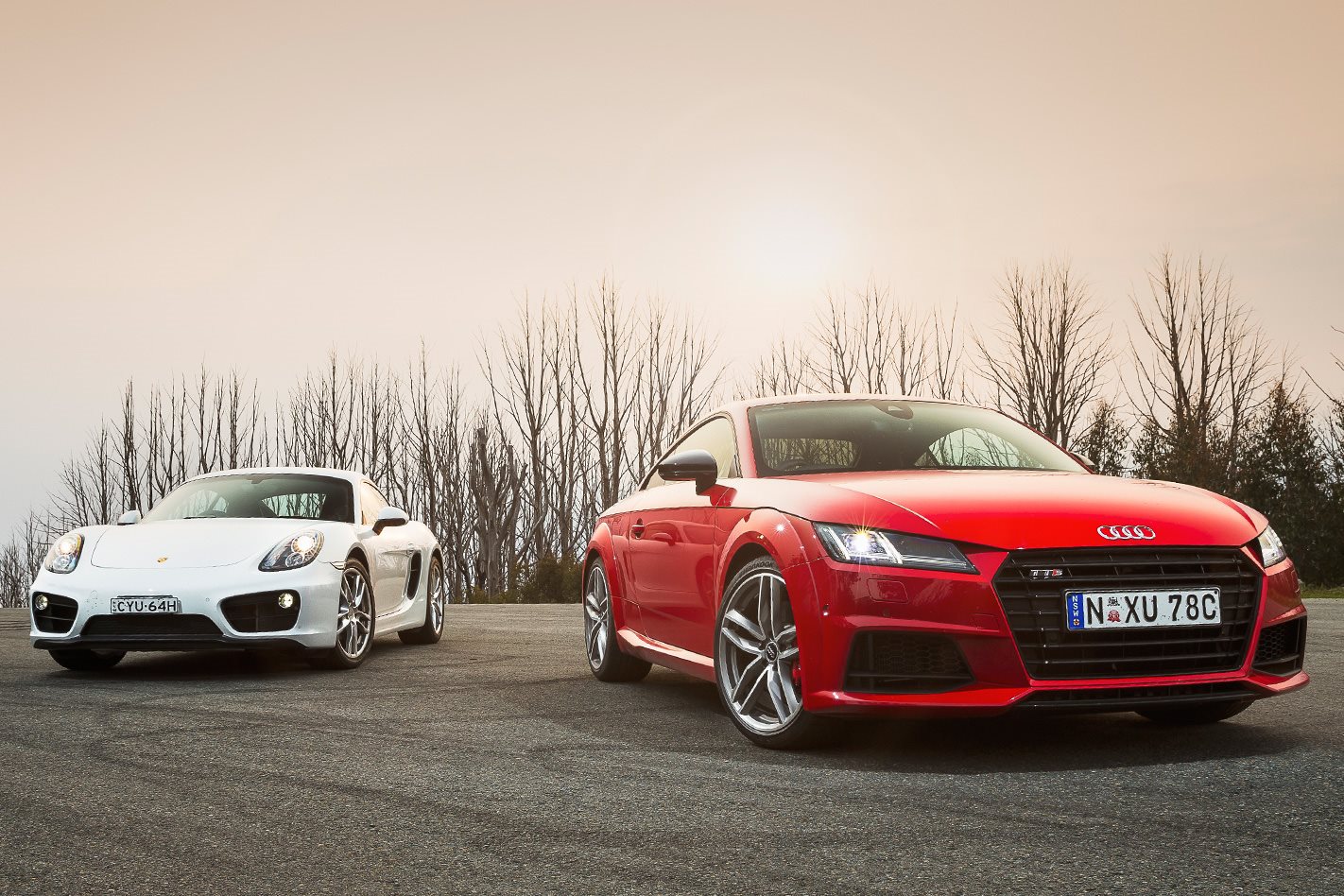
Opinion: What’s holding Audi back?
The biggest difference between Audi and Porsche is attitude. Porsche prides itself on being lean and fast – not yet quite to the standards of Tesla and the Chinese, but certainly in comparison to the legacy auto makers. Audi, however, is a different story.
In my opinion the four-ringed brand is cumbersome and slow. Its hierarchical processes are dated and accordingly inept, the operational structures need streamlining, decision-making takes too long on all levels, and the overly risk-aversive corporate strategy fails to trigger advanced new business models and grasp brand-enhancing opportunities.
We recommend
-
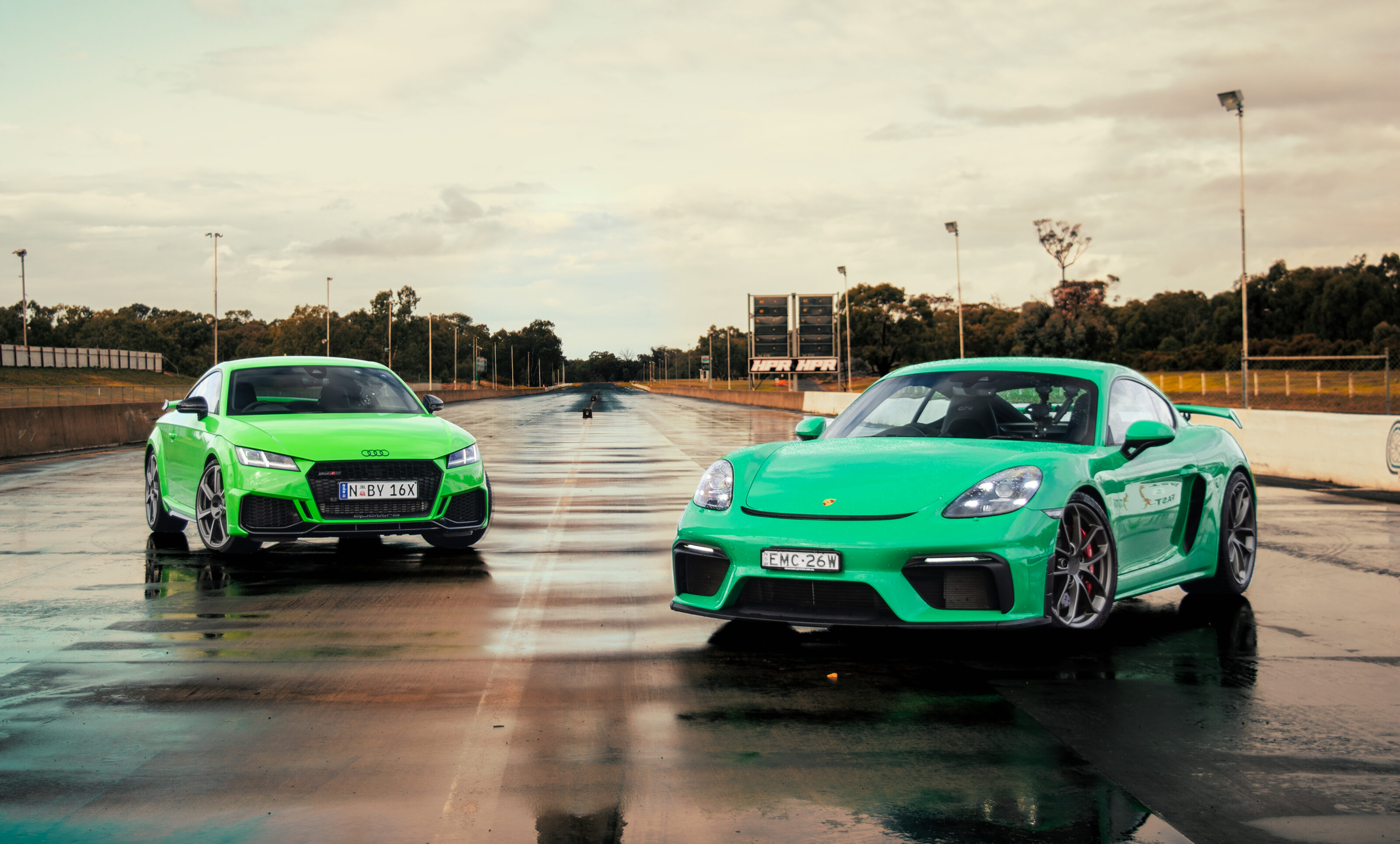 Features
FeaturesCan Audi’s all-weather expertise trump Porsche’s ‘Ring racer on the drag strip?
Two very green 300kW weapons battle it out on a very wet drag strip
-
 Opinion
OpinionAudi and Porsche's F1 deal "as good as done"
Audi and Porsche are set to compete in F1 from 2026 - provided Wolfsburg agrees
-
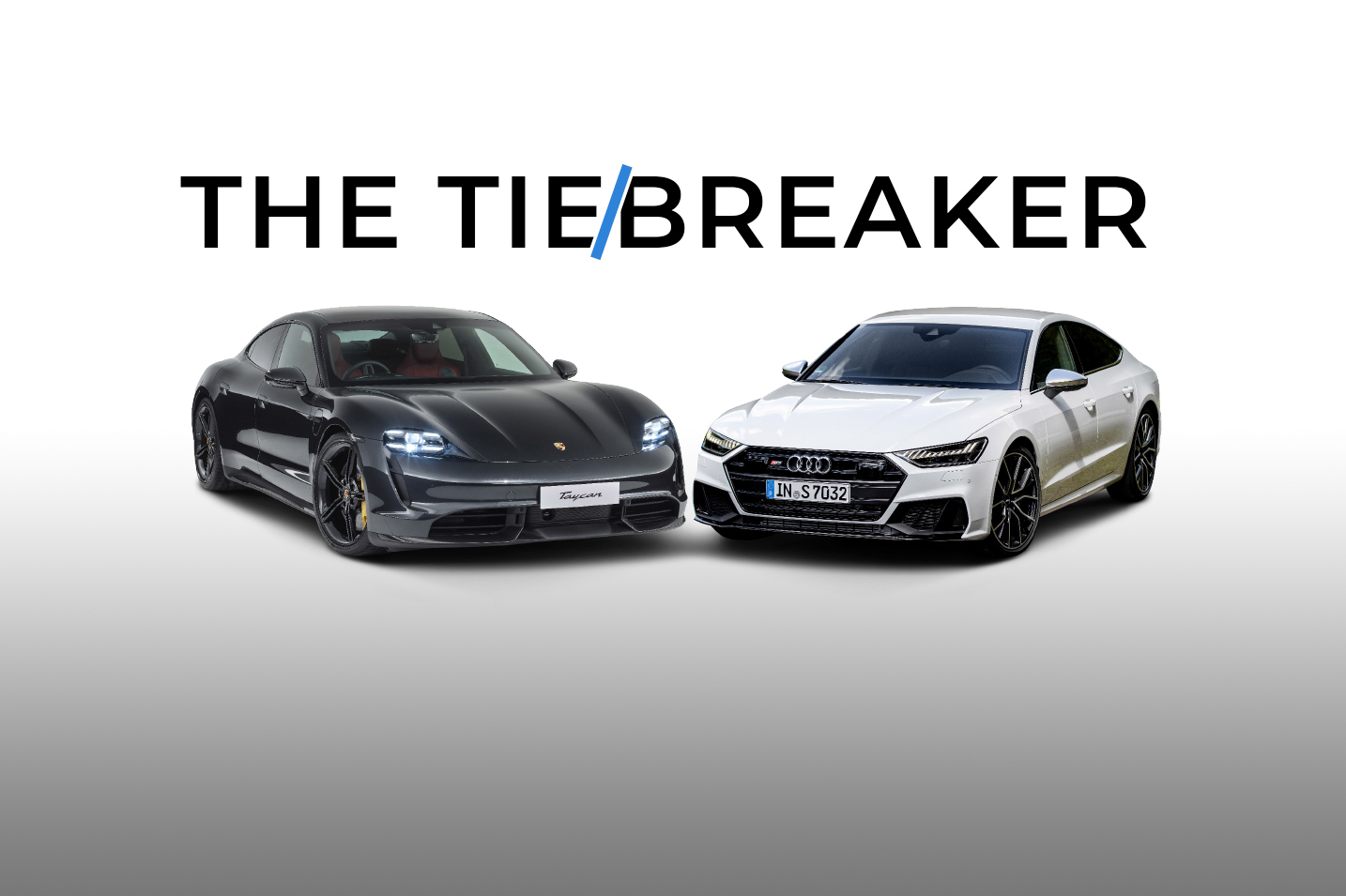 Advice
AdviceWhich car should I buy? Porsche Taycan v Audi S7
With a three-digit budget, reader Trevor needs help deciding between a pair of slinky saloons

